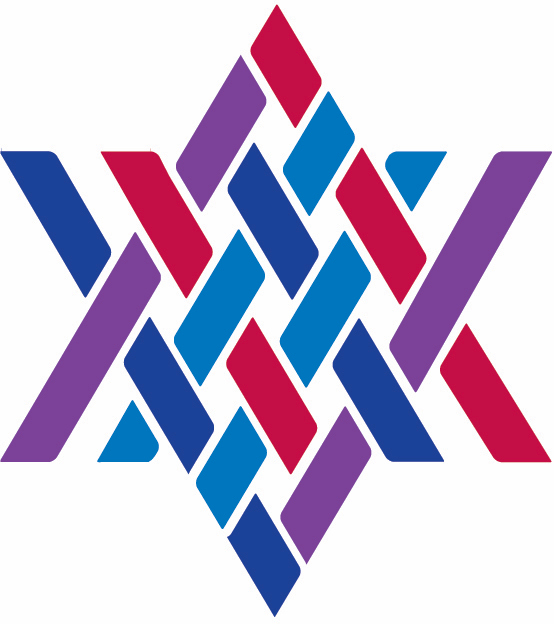Shemini Atzeret
The three pilgrimage festivals – Pesah, Shavuot and Sukkot – are mentioned several times in the Torah – in Parshiyot Mishpatim, Ki Tisa, Emor, Pinhas, and Re’eh. But it is only in two of these parshiyot – Emor and Pinhas – that the Torah refers to what we now know as Sh’mini Atzeret. In the former, we read only that “on the eighth day, you shall observe a sacred convocation and bring and offering by fire to the Lord; it is a solemn gathering and you shall not work at your occupations” (Lev. 23:36). In the latter, we read only that “On the eighth day you shall hold a solemn gathering [and] you shall not work at your occupations” (Deut. 29:35). This is followed by a description of the various offerings to be made.
Sh’mini Read More >

